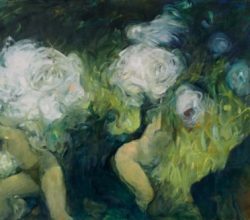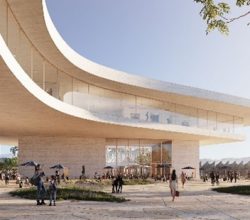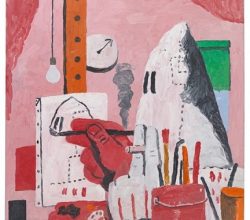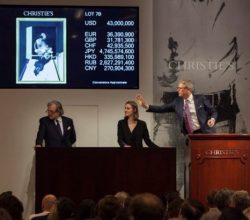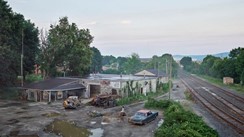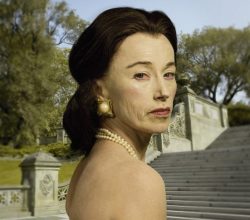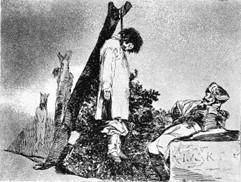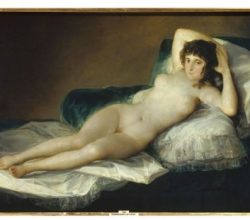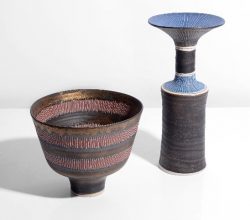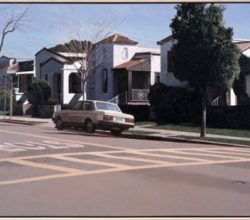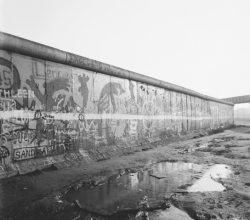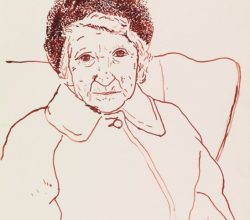
David Hockney’s Paintings Are World Renowned, But He Never Lost His Desire to Draw
David D’Arcy | Observer | 4th October 2020
While there may be some unevenness in Hockney’s overall output, when it comes to drawing he is a “master”. What jumps out from this current New York show is his variety – pencil, charcoal, Polaroid, iPad – the emotion he is able to convey about those he sketches, and an allegiance to the truth. Enthuses one writer “the intensity of Hockney’s self-inspection, fag in mouth, bears comparison with Rembrandt.” Images are here.

